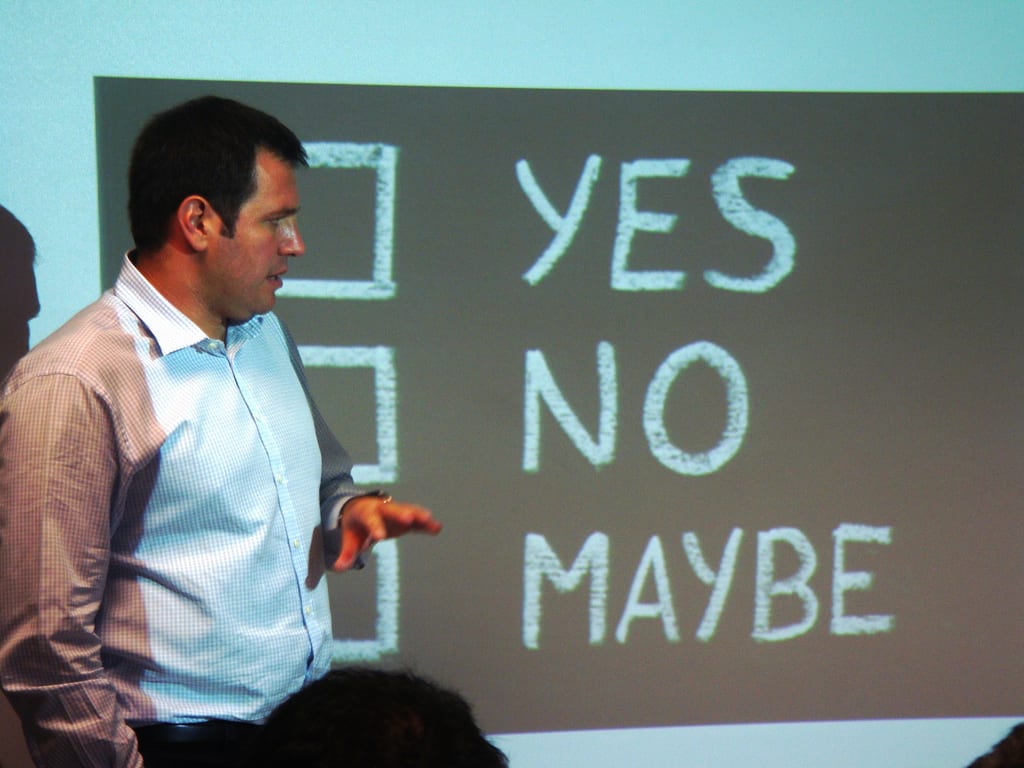Spend Vs Splurge: Can You Afford Not To Invest In These Areas Of Your Business?
In business, a company owner will often take steps to try and reduce spending, but there are certain areas where cutbacks should be discouraged. Often, it is possible to reduce overheads, but lowering spending could put you at risk. Before you make any budgeting decisions, consider whether you can afford not to invest in these key areas.
Legal advice
Even if you run a very small business, it’s beneficial to have legal experts in your corner. You never know when you may need to make that call and take advantage of expert advice. Running a business isn’t always as simple as sealing deals and selling wares. There are many legal aspects that you have to take into account as a company owner. If you employ people, the last thing you want is a personal injury case brought against you because your office doesn’t comply with health and safety regulations. If you’re launching a new product, you don’t want a rival firm to rip off your idea or customers contacting you complaining about the quality of the item. If issues arise, and you need to investigate insurance fraud, take action against a competitor or find out more about compensating a customer, it’s helpful to have people in the know at the end of the phone. It is sometimes possible to handle your own legal affairs, but cases can be very complex, and if you hire a professional, you’re much more likely to achieve a positive outcome.
Photo courtesy of Pixabay
Accounting
There are few things that are more important than getting to grips with the numbers when it comes to managing a company. If you own a business, you may not have the time or the expertise to manage the books, and if this is the case, it pays to join forces with an accounting firm. If you have no idea what’s going on in your accounts, you may encounter cash flow issues, and your balances may be much lower than anticipated, which could result in missed payments or failure to hit growth targets.
Photo courtesy of Ken Teegardin via flickr
Training
If you manage a team of people, investing in training can help you upskill your employees, promote health and safety and increase productivity. In the short-term, you’ll be parting with cash, but in the long-term, you’ll be adding value. Training enables your employees to develop new skills, which could prevent you from needing to hire additional workers and enable you to diversify the services you offer. Think carefully about the programs you choose for your team, and have a look around at the opportunities that are on offer. Ask your employees what kinds of courses they’d be interested in undertaking, and read some reviews to find the best training providers.
Photo courtesy of All In One Training via flickr
When you run a business, balancing the books is key. While there are some areas where you can save money, it’s wise to invest in legal advice, accounting services, and training. This will enable you to act swiftly if legal issues arise, keep an eye on your books, and upskill your workforce.









